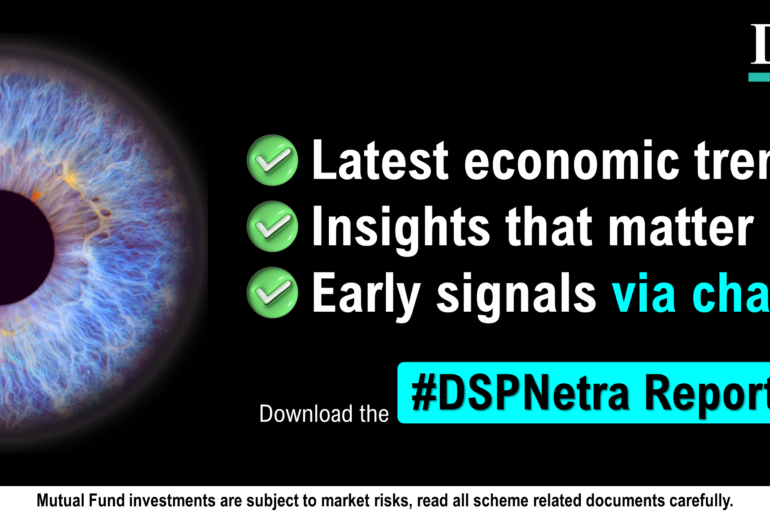Last Updated on Mar 21, 2023 by
Table of Contents
ESG Investing – noble, but also novel
ESG Investing is great and all that. ESG stands for Environmental, Social, and Corporate Governance. You participate in the greater good. Parking your money in companies that focus on the sustainable development of the environment, and their people, while being governed by ethical principles is nothing short of noble.
But there are two key problems with ESG Investing, which perhaps even defeat the purpose of adopting the method. Stakeholders enabling this ecosystem often get two basic things wrong – first, ESG, and second, investing. Yes, a very “you had one job” moment indeed!
Problem 1 – ESG
Okay, assessing ESG factors is a tough job.
1. Lack of information – Companies worldwide have set standards and mandates for disclosing details on their business and financials. But there’s little regulation or incentive for companies to be transparent on how much energy they are consuming, what their gender equality policies are, or what their reporting mechanism is for operational irregularities.
2. Lack of uniformity – ESG factors are highly contextual and widely vary from industry to industry. While the discharge of pollutants is irrelevant for a technology services company compared to a cement manufacturing unit, employee policies would play a much greater role in the former. The lack of a uniform plane of assessment makes this a tricky job.
3. Lack of expertise – It is quite outside the domain of a typical financial analyst to judge a company’s potential basis ESG factors. After all, they rarely have a direct financial impact and stock price implication. The thesis is that companies that excel at these factors often end up outperforming over the long run because of a better decision-making structure.
But, the challenges with the assessment of ESG factors have resulted in the adoption of a rather deficient approach – the over-reliance on ESG ratings.
Brutally honest review ⚠ – ESG ratings are forced standardization methods put in place by a bunch of third-party agencies, who sometimes end up horribly wrong about how high a company scores on ESG factors or how low it scores on risks associated with ESG factors.
Don’t believe us? Here’s an example (what better example to give at this point than Adani?!)
Active managers in India have avoided the now infamous Adani stocks. Barring Quant, Taurus, and NJ, exposure by active Mutual Funds in Adani stocks was negligible. Almost an entire industry homogeneously avoided buying those very stocks that have been multi-baggers over the last three years. Coincidental? Not really. Intentional? Maybe!
But have ESG raters been as intelligent as financial analysts?
Example 1: MSCI, an American finance company’s ESG rating for Adani Green Energy is A. The rating is the third highest (after AAA and AA). Adani Total Gas also enjoys the same stature.
Example 2: Adani stocks have been part of all three ESG-focused indices created by NSE, which relies on ratings by Sustainalytics, a company that Morningstar acquired.
In short, the problem is, for whatever reason, ESG ratings don’t end up appropriately determining who scores high on ESG factors and who scores low on ESG risks.
The end result is the reliance of ESG indices and ESG funds on deficient ratings and inefficient allocation of money towards not-so-ESG-friendly companies.
Problem 2 – Investing
The entire point of investing is to make money. No?
But the ESG-centricity has led to a rather simplistic (and flawed) method in determining weightage. It’s almost like the industry has put blinders on; the vision is set on ESG, but the point of ‘investing’ is lost!
The conventional method followed is to allocate weight to stocks in direct proportion to the stocks’ ESG rating. This is done by benchmark makers and funds alike. The approach completely ignores other factors.
Example? Sure!
NSE has three ESG-based indices: (i) Nifty 100 ESG Index, (ii) Nifty 100 Enhanced ESG Index, and (iii) Nifty 100 ESG Sector Leaders Index.
It states the objective as “generating superior risk-adjusted returns from socially responsible, environmentally friendly and ethical firms”. But historical data hardly exhibits either superior returns or lower risk.
NSE relies on ratings by Sustainalytics for all research, ratings, and information for index construction. It uses the following methodology:
- Stocks should be part of the Nifty 100.
- Companies must have an ESG score of below 40 (negligible risk: 0-9.99, low risk: 10-19.99, medium risk: 20-29.99, high risk: 30-39.99, and severe risk: 40 and above).
- Companies with controversy categories of 4 and 5 are excluded (a scale of 1-5, where 1 is the least controversial).
- Companies engaged in the business of tobacco, alcohol, controversial weapons, and gambling operations are excluded.
- Risk scores are modified, and weights are determined as a function of modified scores and free-float market cap.
The result?
- There is no material outperformance that these indices have exhibited over a three and five-year period.
- All three indices ended up with Adani stocks.
- Given that Adani stocks have a higher-than-average ESG rating, ESG indices had a higher tilt towards Adani stocks.
- Higher weight, purely basis ESG ratings resulted in a massive underperformance relative to the Nifty 100 over the last year.
This data highlights one key issue – the objective to outperform traditional indices on a risk-adjusted basis is far from fulfilled.
Neither does the approach achieve higher returns, nor does it fulfill risk reduction. Sadly, the approach is followed by both benchmark makers and ESG funds alike.
Better ESG Investing
ESG investing is budding in India. Currently, there are just about 10 ESG-themed funds, with a collective AUM of around Rs. 11,000 cr.
Many of these take a simplistic approach of blindly relying on rating agencies and allocating weights solely based on the ratings.
However, there are a few products that take a very comprehensive approach to ESG investing – not solely relying on ratings.
1. SBI Mutual Fund is one of the leaders in this space. It integrated an ESG framework in its investment decision-making process, was one of the first AMCs to engage a professional proxy advisory firm, put an ESG framework of its own in place, and has dedicated ESG analysts in the team. It has launched a couple of products that focus on a blend of ESG and investing – SBI Growth with Values Portfolio in its PMS (Portfolio Management Services) and SBI Magnum Equity ESG Fund.
2. Rupeeting’s Socially Responsible Investing smallcase blends in ESG factors without losing the point of generating returns. No, this isn’t a shameless brand plug-in; we legit mix responsible investing and alpha creation. Some of the companies we’ve got include
a. A bottling company that has been reducing its water consumption and is committed to recycling 100% of its PET bottles.
b. A chemical manufacturer which has been a leader in every global transition on cutting greenhouse gas emissions.
c. An IT services company that is a poster boy of good corporate governance standards for the last two decades.
This Rupeeting’s Socially Responsible Investing smallcase has clocked index-beating results since its launch nine months ago, and we continue to work towards material outperformance in a sustainable manner over the long run.
Conclusion
ESG Investing may be very flawed at the moment, but that can be credited to its novelty. However, as a concept, it’s rock solid. After all, one should be able to invest in places and back companies that have a larger cause in place while also making money.
Just like in global markets, India too will see a massive pick-up in ESG investing, led by higher awareness, more transparency, and better systems. As long as the cause is clear, the evolution of the ecosystem will pave the way for better investment products and a job done right.
This article was authored by Sagar Lele of Rupeeting. Check out Rupeeting’s smallcase.
- Everyone’s Investing in Thematic Funds. Should You, Too? - Jan 11, 2024
- Cyclical Stocks – A Year of Opportunity? - Apr 18, 2023
- ESG Investing in the Indian Market - Mar 20, 2023



